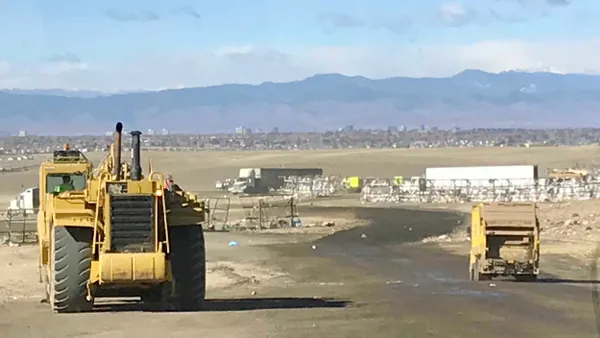Highlights:
- Researchers from University of Illinois and the University of Colombia have designed a study that shows that bioremediation, which uses biological agents such as bacteria or plants to remove or neutralize contaminants, can be used to clean soil at the site of an old Colombian landfill
- Scientists found 10,000 species of bacteria and fungi per gram of soil.
- Study also showed that micro-organisms had naturally started the process of bioremediation and that levels of activity varied based on level of soil in the landfill.
-
Based on results from study, Colombian government has decided to try to accelerate the bioremediation process. Scientists will supply different microorganisms at varying depths to help speed up the cleaning.
From the article:
A 150-foot-high garbage dump in Colombia, South America, may have new life as a public park. Researchers at the University of Illinois have demonstrated that bacteria found in the dump can be used to neutralize the contaminants in the soil.
Jerry Sims, a U of I associate professor of crop sciences and USDA-Agricultural Research Service research leader and Andres Gomez, a graduate student from Medellín, Colombia, have been working on a landfill called "El Morro" in the Moravia Hill neighborhood of Medellín, which served as the city dump from 1972 to 1984. In that period, thousands of people came to the city from the rural areas to escape diverse social problems. There was no housing or employment for them, so they made a living picking up trash from this dump and built their homes upon it.
"There are some frightening pictures of this site on the Internet," said Sims. "At one point, close to 50,000 people lived there. They grew vegetables on the contaminated soil and hand-pumped drinking water out of the garbage hill."
In recent years, the Colombian government decided to relocate the people to different neighborhoods with better conditions. Then they decided to see if it was possible to clean up the area and turn it into a park. Unfortunately, the most reliable solution -- digging up the garbage and treating it -- is not economically feasible in Colombia.








